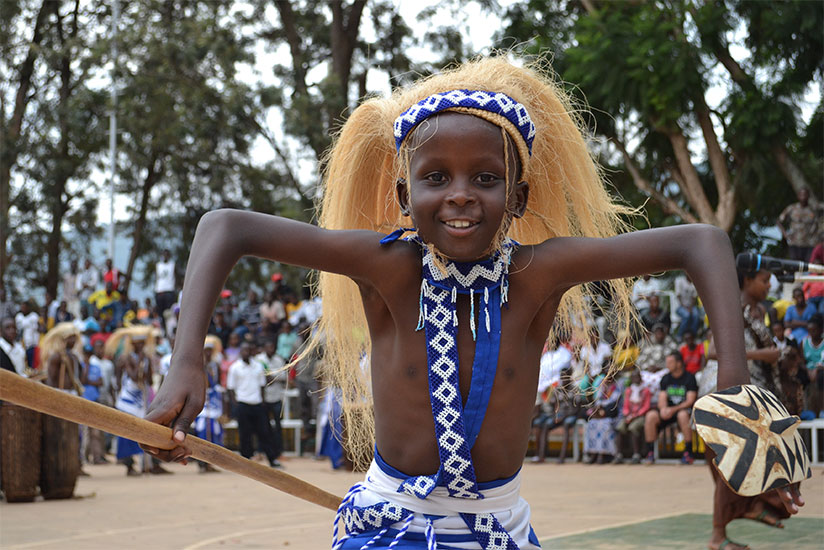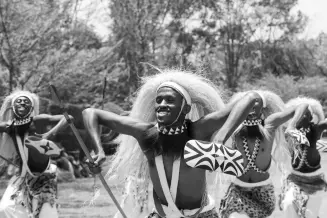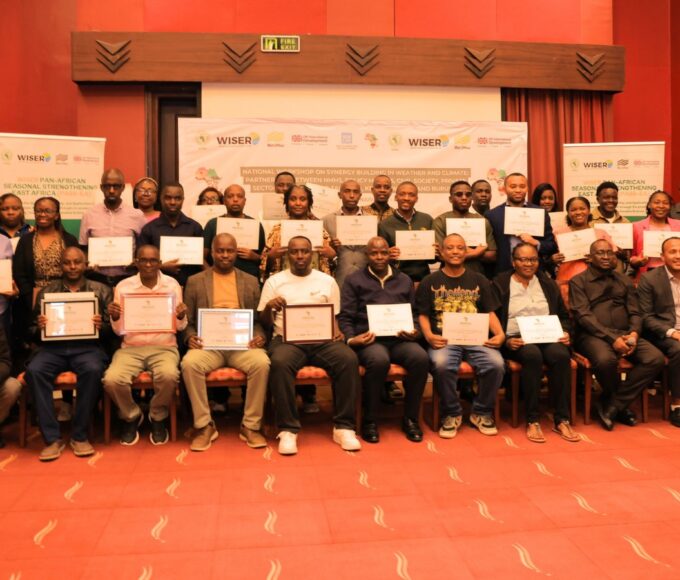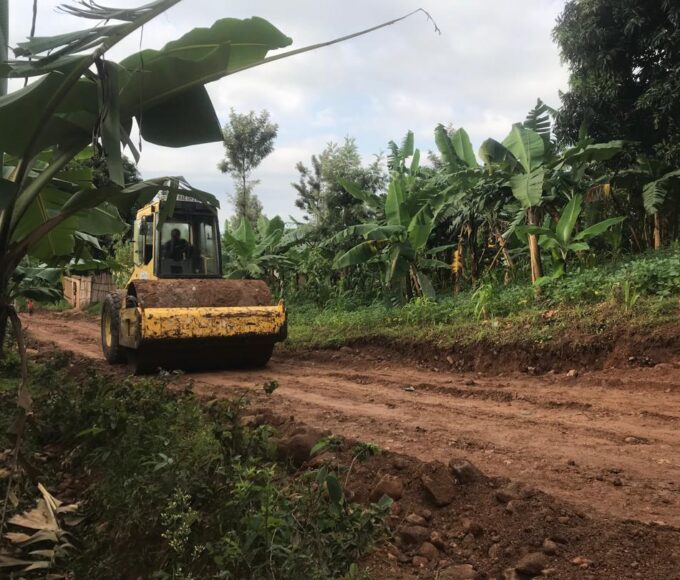Rwandan Intore Dance Joins World Cultural Heritage

The Rwandan Intore dance has recently been added to the United Nations Educational, Scientific and Cultural Organization (UNESCO) list of the world’s intangible cultural heritage. This prestigious recognition highlights the cultural significance of the Intore dance, which has been celebrated for its unique performance style by groups such as Rwanda National Ballet Urukerereza and others widely admired both within Rwanda and beyond.
The announcement was made on December 3, 2024, through UNESCO’s official website and its social media platforms, including X (formerly Twitter), underscoring the global importance of this traditional art form. Intore’s inclusion came during the 19th session of the UNESCO Council of Representatives for the Protection of World Heritage, held in Asunción, Paraguay, from December 2-7, 2024. Notably, Intore is the first Rwandan entertainment tradition to earn this honor.

In addition to the Intore dance, UNESCO recognized various other cultural practices around the world, such as the fish farming methods of Korea, Serbia’s tradition of painting, and Saudi Arabia’s art of rose flower arranging.
This recognition of Intore follows a significant pattern of acknowledgment for Rwandan culture. Just a year before this event, four monuments related to the 1994 genocide against the Tutsi and Nyungwe National Park were also inscribed on the World Heritage list.

Described by UNESCO as a dynamic and symbolic dance, Intore features performers arranged in lines to mimic warriors on a battlefield. Through precise movements with spears, shields, and traditional instruments like drums and horns, dancers reenact a battle with an unseen enemy. Accompanied by songs and poems that celebrate victory, the dance is a powerful expression of strength and resilience. It plays a central role in community events such as harvest festivals and ceremonial welcome celebrations.
The origins of Intore trace back to the reign of King Kigeli IV Rwabugili in the late 19th century. The dance, known as “Umuhamirizo w’Intore,” was initially a male-only performance, designed to showcase military prowess and bravery.

Introduced by Prince Muhigirwa, son of Kigeli IV, the dance became a key component of royal ceremonies before spreading to the broader population. With influences from both Rwandan and Burundian traditions, the dance represents an impressive fusion of cultures, blending ceremonial and martial elements.
Today, the Intore dance stands as a cherished cultural treasure, embodying both Rwanda’s history and its vibrant, living traditions.
Trending Now
Hot Topics
Related Articles
Breaking Climate Silos: What a Week in Naivasha Taught Me About Forecasting
A week in Naivasha opened my eyes to the power of climate...
Kivu Beach Expo & Festival Brings Joy to Rutsiro While Showcasing the Region’s Natural and Sustainable Potential
The arrival of the Kivu Beach Expo & Festival in Boneza Sector,...
Kivu Beach Festival Triggers Urgent Economic Development Push in Rutsiro
Preparations for the 2025 Kivu Beach Expo & Festival have become a...
COP30 Raised Ambition on Adaptation Finance Yet Africa’s 150 Billion Dollar Gap Tells a Different Story
COP30 in Belém was billed as the moment the world would finally...














Leave a comment